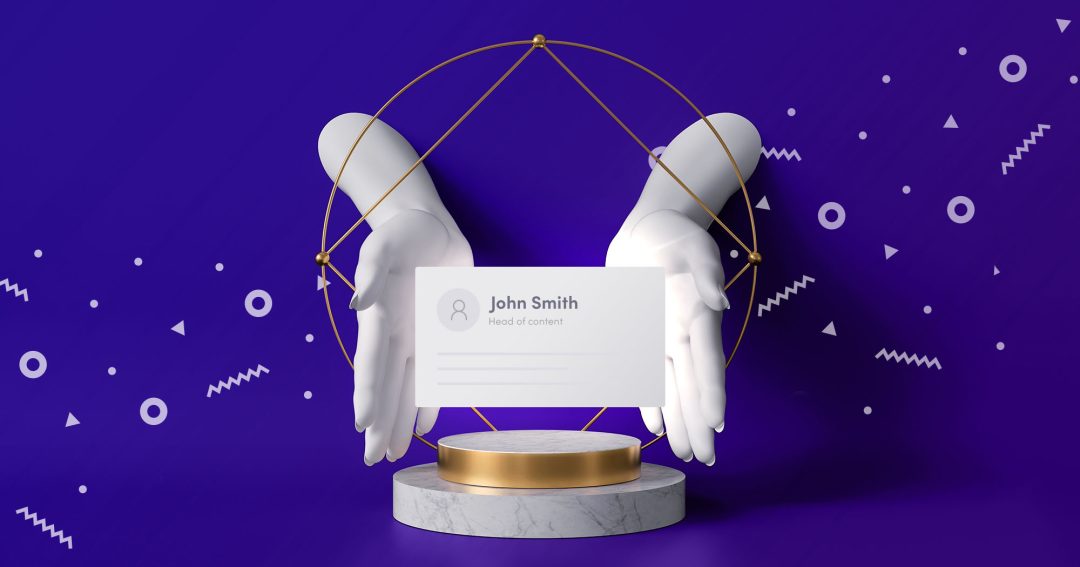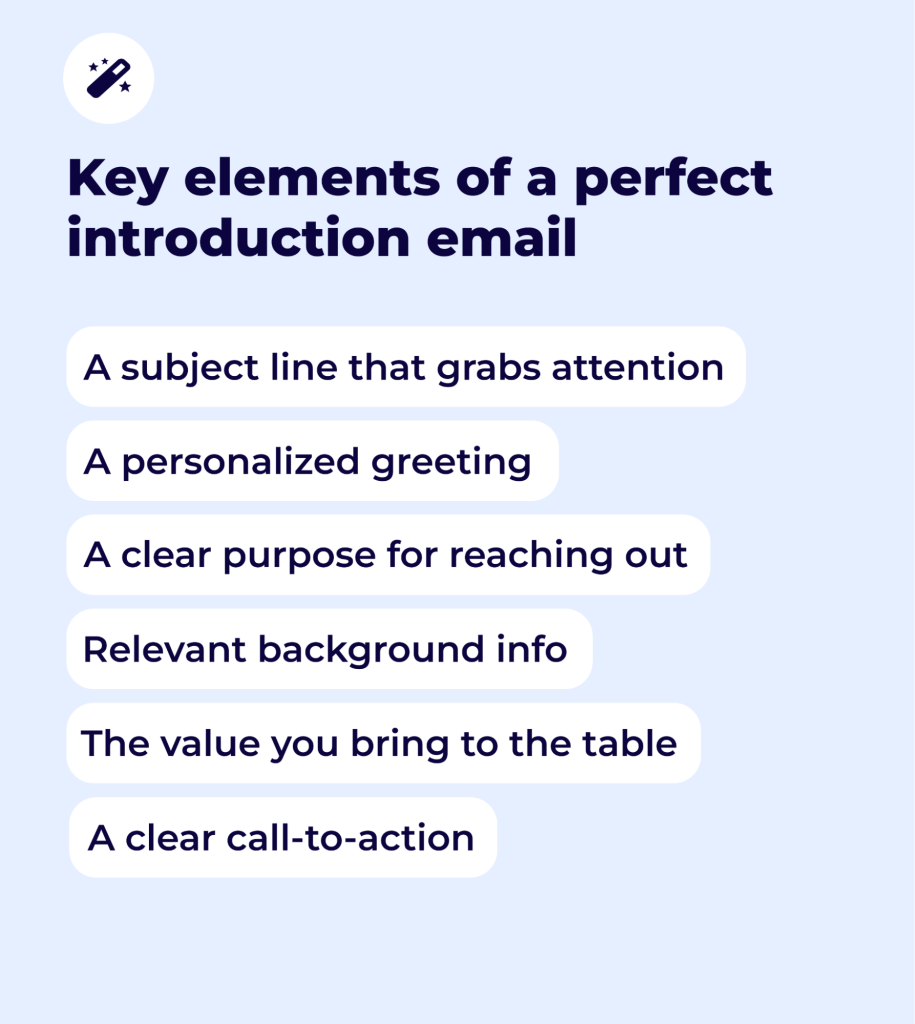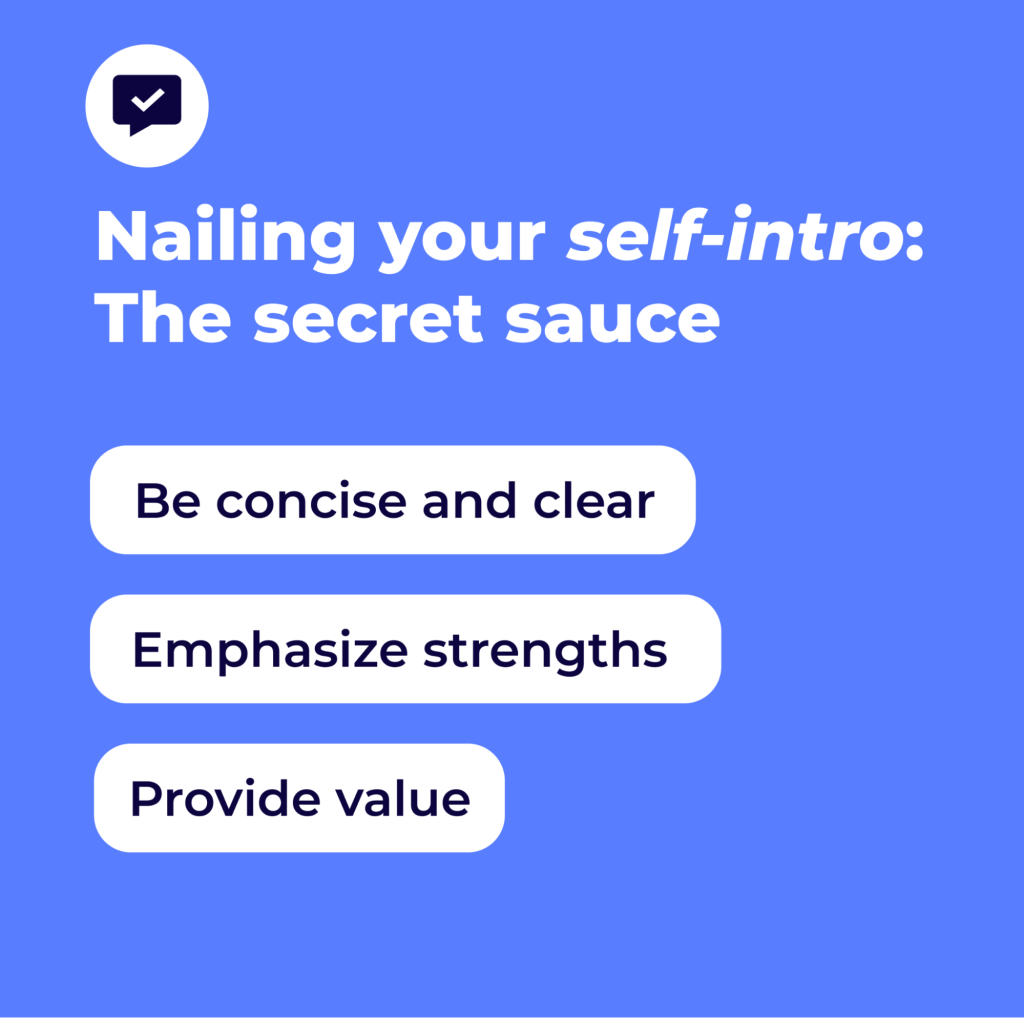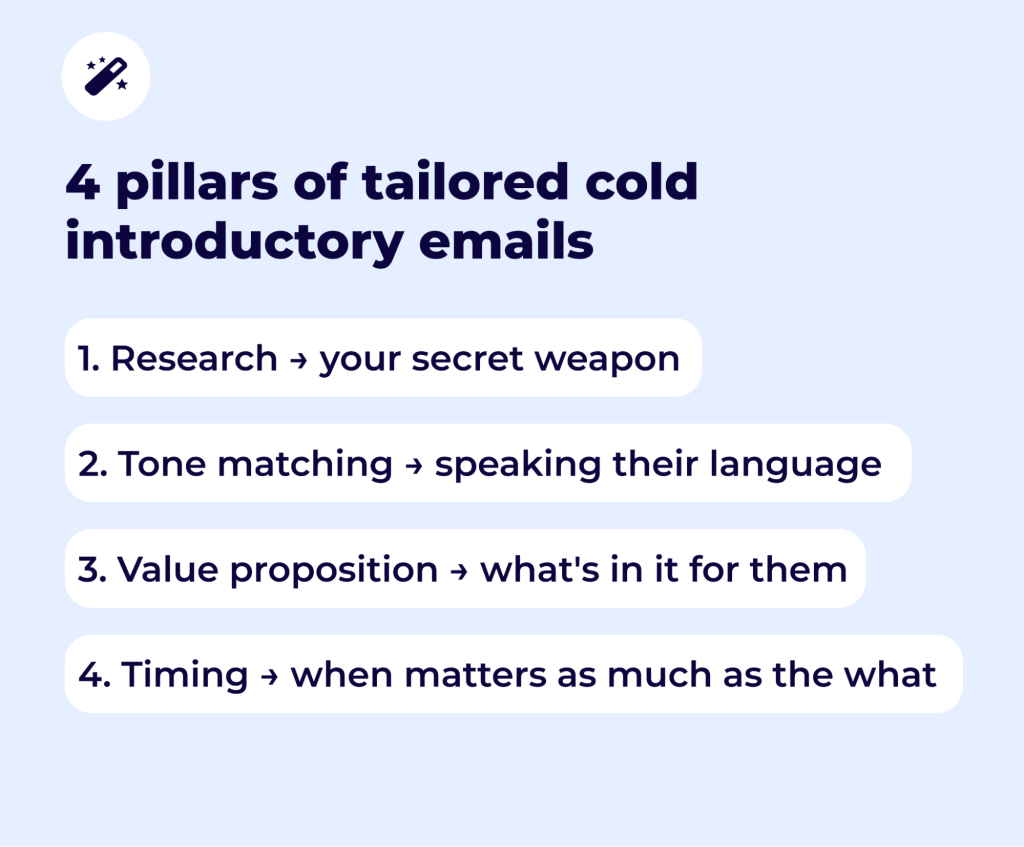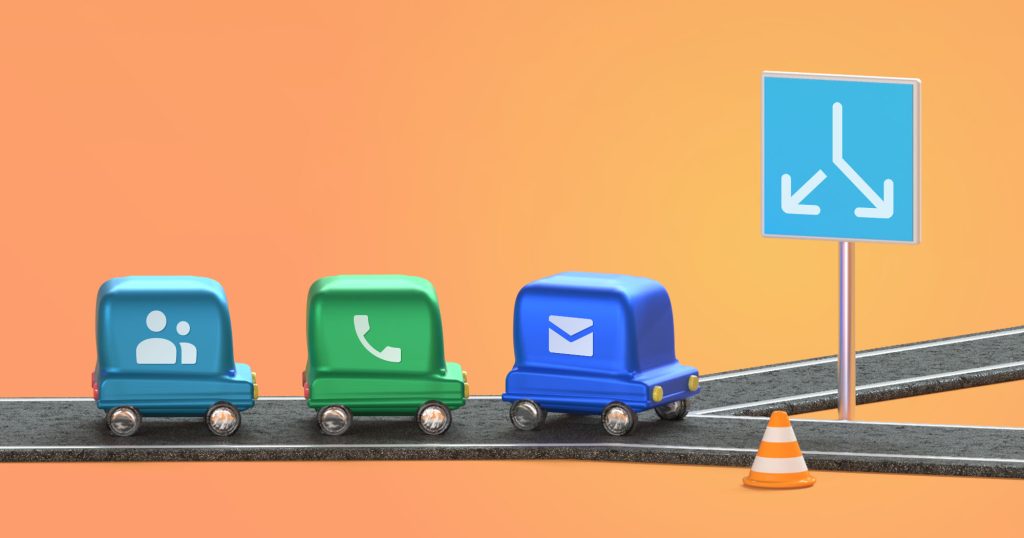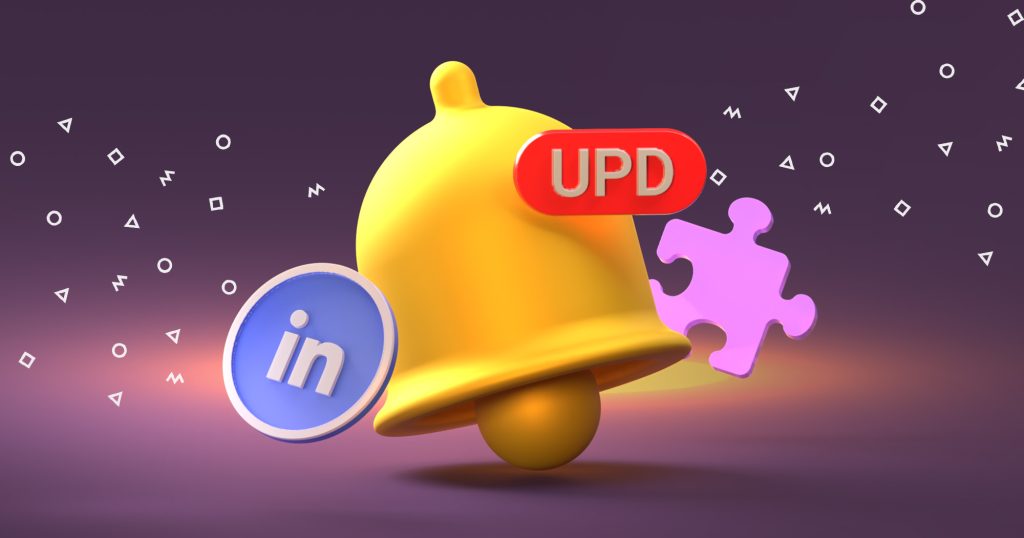Breaking the ice with a cold email is a challenging task, even for seasoned email marketers and sales professionals. Since it’s too easy for prospects to ignore and delete emails from strangers.
That’s why you need to put your maximum effort into crafting a well-written introduction and hook your receipts with the first words.
You should encourage your prospects to open and read your email. Of course, you can go in for with all those “hooking” lines like “You may not remember me, but…” or “I know you’re busy, but…” When writing cold emails – you need to engage your audience from the beginning and gain their trust.
Crafting emails with high open rates is an art that you need to master, and we can help you. With years of email marketing experience, we know how to craft powerful intro parts for cold emails. Here’s what we are going to cover:
- How to introduce yourself
- Proven tips and tricks
- How to personalize your intro section
- And many others
Can’t wait to start? Neither can we. Let’s go!
